Remember when schools had rules that would make today’s parents gasp in disbelief? Back in the days of bell-bottoms and vinyl records, school administrators had a different approach to discipline, safety, and student conduct. These bygone policies reflect how dramatically our educational system and societal values have evolved over the past half-century.
1. No Accommodations for Disabilities
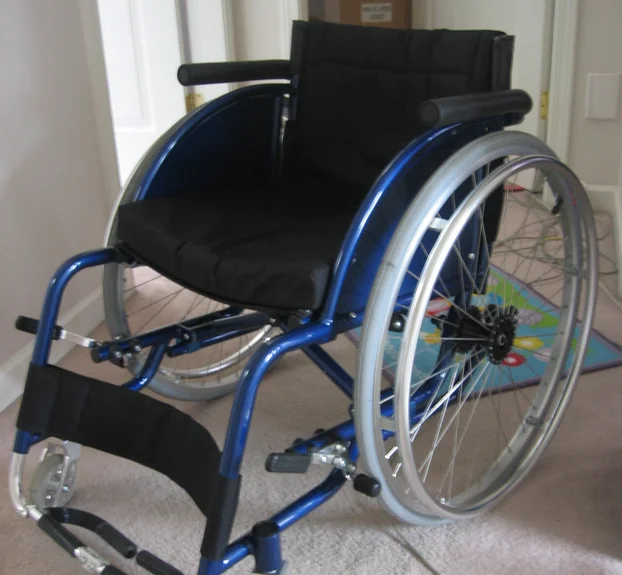
Students with physical disabilities often faced school buildings with no wheelchair access, multiple flights of stairs, and no elevators. Children with learning disabilities were frequently labeled as “slow learners” or “problem students” without proper diagnostic procedures or individualized education plans. Many were placed in separate classrooms away from the general student population, receiving minimal resources and limited academic expectations. ADA National Network explores the history of the ADA in the context of American classrooms, and the steps taken to accommodate children with various unique needs.
Special education services were scarce, with the Education for All Handicapped Children Act not passed until 1975. According to Department of Education historical statistics, before this legislation, U.S. schools educated only about 20% of children with disabilities, with many states having laws explicitly excluding certain disabilities from public education. Today’s ADA requirements and IDEA provisions mandate comprehensive accommodations and inclusion strategies that would have been unimaginable in most 1960s classrooms.
2. Gender-Restricted Curricula
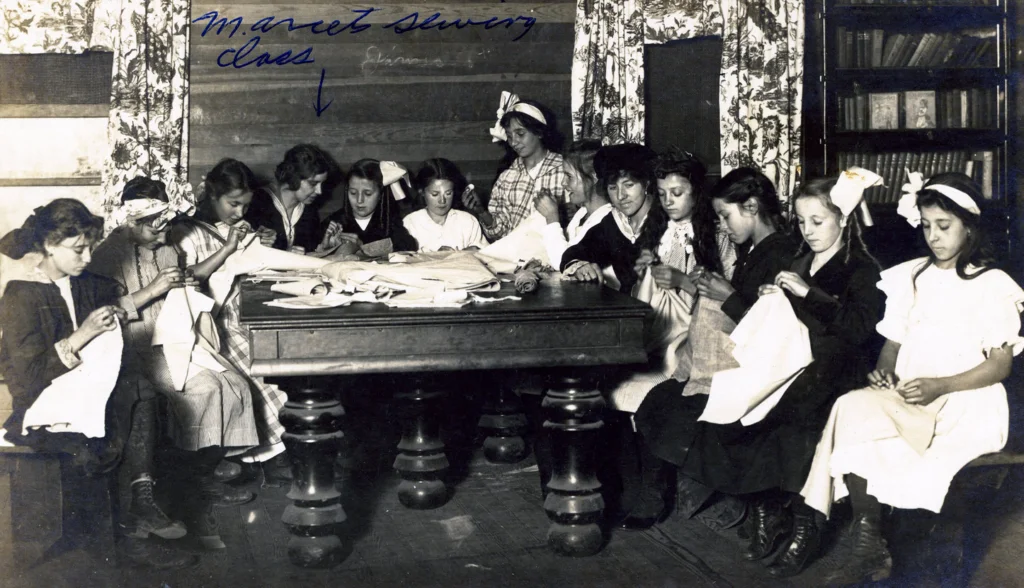
Girls and boys followed entirely different educational tracks in many schools, with home economics mandatory for female students while males took shop class or mechanical drawing. Young women were actively discouraged from advanced science and mathematics courses, with guidance counselors steering them toward secretarial skills or teaching certifications instead. School materials openly reinforced these divisions, with textbooks portraying women primarily as homemakers and men as breadwinners. The World Economic Forum explores the deeper domino effect at play that led to gendered classes led by specific teachers and the role economics played in this arrangement.
These rigid gender divisions extended to physical education, where girls often had lighter requirements and gender-specific activities like square dancing instead of competitive sports. According to Department of Education historical statistics, before Title IX passed in 1972, only about 7% of high school athletes were girls, compared to approximately 42% today. It wasn’t until federal legislation prohibited sex discrimination in education that these separate tracks began to disappear from American schools.
3. Dress Codes Targeting Girls
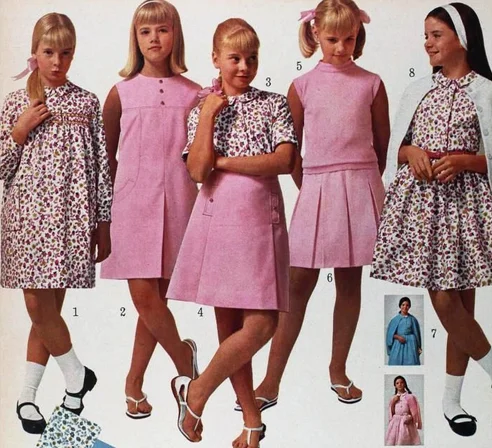
Female students faced rigid dress code enforcement, with administrators measuring skirt lengths using rulers to ensure they touched the floor when girls knelt. Young women could be sent home for wearing pants until the late 1960s in many districts, with some schools maintaining dress or skirt requirements well into the 1970s. Teachers and administrators regularly made public examples of “violations,” sometimes requiring girls to stand before class for inspection. As explored by GirlSpring, dress codes not only come with a tangled history but also had a resonating impact.
The physical education requirements created additional double standards, with girls required to wear restrictive gym uniforms while boys enjoyed more practical athletic wear. Historical education records show that as late as 1969, over 60% of public schools prohibited girls from wearing pants to class. Modern dress codes still exist but typically apply more equitably to all students and focus primarily on avoiding disruption rather than enforcing gender norms.
4. Chemical Exposure Without Protection

Chemistry labs operated without proper ventilation systems, with students regularly handling mercury, asbestos materials, and concentrated acids without gloves or goggles. Science teachers demonstrated reactions producing toxic fumes in standard classrooms, with windows providing the only ventilation available. Students built projects using materials now known to be carcinogenic, taking them home where they exposed family members as well. Fisher Scientific explores just how far safety has come in the American chemistry classroom.
Shop classes operated power equipment without proper safety guards, with minimal supervision for potentially dangerous tools and procedures. According to the Consumer Product Safety Commission, reported school laboratory accidents decreased by approximately 60% between 1975 and 1990 as safety protocols improved. Modern science classrooms implement strict safety standards with appropriate protective equipment and substitute safer materials whenever possible.
5. Corporal Punishment

Wooden paddles with drilled holes (to reduce air resistance and increase sting) were standard equipment in many principals’ offices throughout the ’60s and ’70s. Students could receive swats for infractions ranging from talking back to teachers to running in hallways, with minimal parental notification required. Many schools had formalized paddling procedures, with some requiring a witness present while others simply left discipline to the discretion of individual teachers.
The practice remained legal in most states throughout this era, with court cases like Ingraham v. Wright (1977) upholding schools’ right to physical discipline. Research from the National Education Association shows that in 1970, approximately 90% of U.S. schools allowed corporal punishment, compared to only 29 states permitting it by 2000, and far fewer actually practicing it. Today, most districts have strict anti-corporal punishment policies, with physical discipline considered potential child abuse.
6. Teacher-Led Prayer and Bible Reading
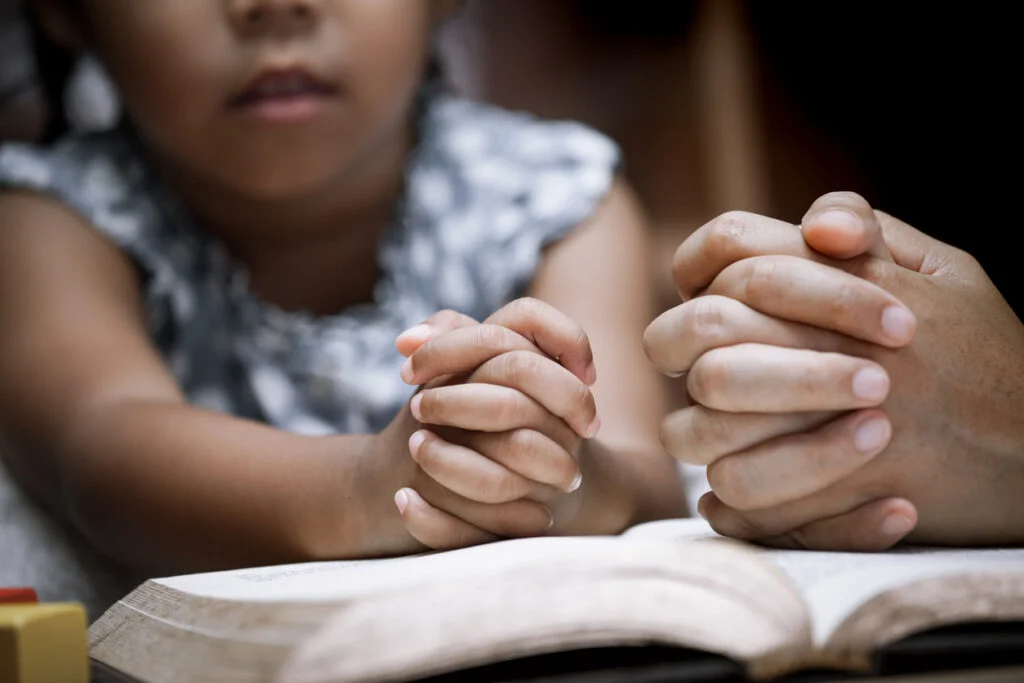
Many public schools began each day with teacher-led prayer sessions and Bible readings over the intercom or in classrooms well into the 1960s. Students were expected to participate regardless of their religious background, with little consideration for those from non-Christian families. Christian holidays were celebrated extensively, with Christmas pageants featuring explicit religious content rather than secular winter celebrations.
Despite Supreme Court rulings like Engel v. Vitale (1962) and Abington School District v. Schempp (1963) declaring school-sponsored prayer unconstitutional, many districts continued the practice for years afterward. According to Gallup polls from the era, approximately 70% of Americans disapproved of these Supreme Court decisions in the 1960s. Today, while students maintain the right to personal prayer, teacher-led religious activities in public schools would trigger immediate legal challenges.
7. Public Weight Monitoring

Students were weighed in front of their peers during physical education classes, with results sometimes announced aloud or posted on bulletin boards. Children considered overweight faced additional exercise requirements or participation in special weight-loss programs during school hours. These public measurements occurred alongside fitness tests where athletic performance was similarly announced, creating hierarchies based on physical capabilities.
Schools justified these practices as promoting health awareness, despite growing evidence of psychological harm. According to educational psychology studies from the late 1970s, approximately 75% of girls reported negative body image issues related to school-based weight programs. Today’s health education emphasizes overall wellness rather than weight, with privacy protections preventing the public disclosure of any student’s physical measurements.
8. Limited Bathroom Access
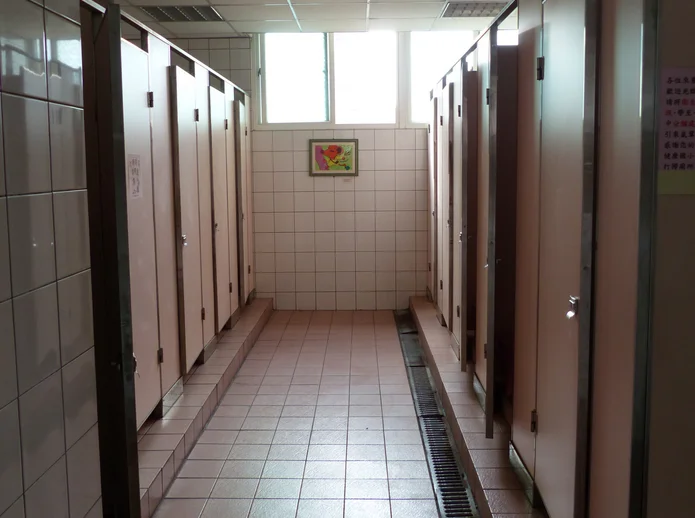
Bathroom passes were severely restricted, with students in some schools allocated just one or two monitored bathroom breaks per day regardless of medical needs. Teachers controlled access through systems like publicly displayed passes, with students having to justify their requests in front of classmates. Some schools locked bathrooms between class periods, making them accessible only during designated times.
Facilities themselves were often inadequate, with minimal privacy and insufficient maintenance being common complaints in educational surveys from the era. Historical accounts from teachers indicate that bathroom monitoring was considered essential for discipline, with approximately 85% of schools implementing some form of restricted access system. Current educational approaches recognize bathroom access as a basic need, with many schools adopting more flexible and private request systems.
9. Zero Confidentiality

Student grades and test scores were publicly posted on classroom walls with full names visible, creating unnecessary competition and embarrassment for struggling students. Teachers commonly returned papers in order of grade received, making each student’s academic performance known to the entire class. Behavioral issues were similarly handled without privacy considerations, with public reprimands serving as examples to other students.
Parent-teacher conferences often occurred in open settings where conversations could be overheard by others waiting their turn. Before the passage of the Family Educational Rights and Privacy Act (FERPA) in 1974, schools had no legal obligation to maintain confidentiality of student records. Today’s strict privacy protections would make these practices not just inappropriate but potentially illegal in most educational settings.
10. Smoking Areas for Students

Designated smoking areas for high school students were commonplace, with some schools providing covered pavilions specifically for teenage smokers. Students as young as 16 could light up between classes with a signed parental permission slip, sometimes requiring only a single form at the beginning of the year. Teachers often joined students in these areas, creating informal interaction spaces that blurred professional boundaries.
Cigarette advertisements frequently targeted teen demographics, with tobacco companies sponsoring school events and providing branded educational materials. According to the Centers for Disease Control, teenage smoking rates peaked in the mid-1970s, with approximately 29% of high school seniors reporting daily cigarette use. Modern zero-tolerance policies on school grounds reflect complete reversal in attitudes toward youth smoking, with most schools now implementing anti-tobacco education programs.
11. Cold War Nuclear Drills
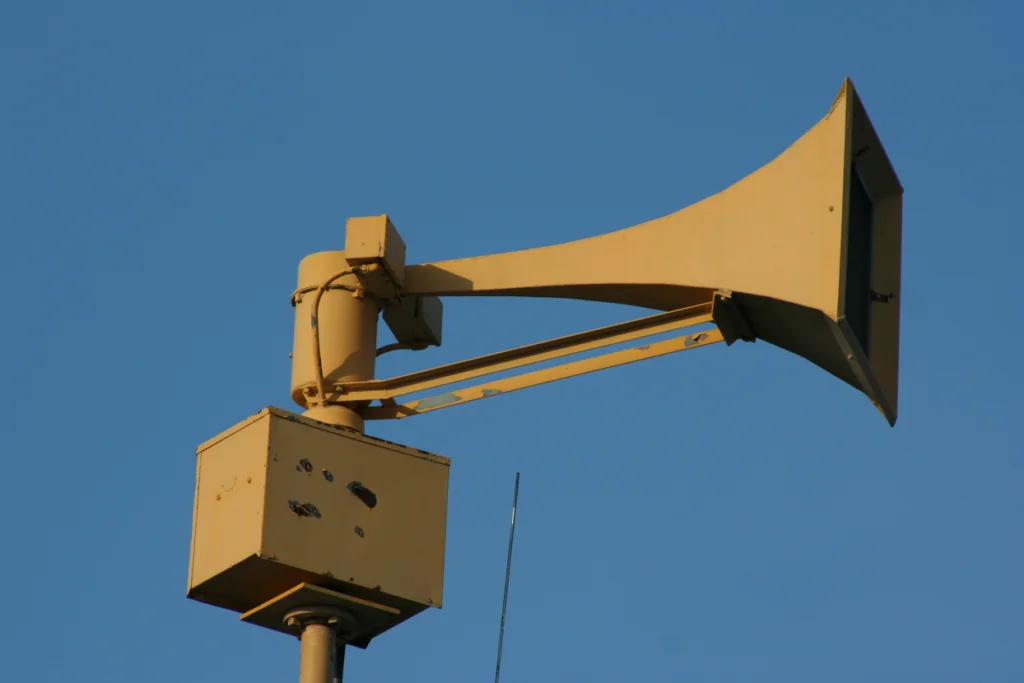
Students participated in regular “duck and cover” drills, hiding under wooden desks as if this would provide protection from nuclear fallout. Schools near potential military targets had detailed nuclear response procedures, sometimes including evacuation routes and designated fallout shelters in basements. Children received government pamphlets explaining nuclear survival techniques, creating an atmosphere of constant existential threat.
Psychological studies from the early 1980s revealed that approximately 40% of students reported nuclear war nightmares related to school drills. Civil Defense records indicate that by 1965, about 75% of American schools conducted regular nuclear attack preparation exercises. While today’s schools still practice emergency drills, they focus on realistic scenarios like severe weather or security threats rather than preparing for apocalyptic events with questionable protection methods.
12. Minimal Health Education

Sex education was either completely absent or limited to gender-segregated films focusing on hygiene rather than comprehensive information about human development. Mental health issues were rarely addressed, with conditions like depression or anxiety typically labeled as behavioral problems requiring discipline rather than support. Nutrition education centered around the government-approved “Basic Four” food groups rather than individualized nutritional needs.
Substance abuse prevention consisted primarily of scare tactics rather than evidence-based information about addiction and recovery. According to curriculum studies from the late 1970s, less than 25% of American schools offered any form of comprehensive health education program. Today’s health curriculum standards typically require age-appropriate, medically accurate information covering a wide range of physical and mental health topics.
The halls of education have certainly changed since the days when baby boomers roamed them with wooden rulers in their desks and dress code violations on their minds. While some might feel nostalgic for the simplicity of those times, most educators and parents today recognize that progress in school safety, inclusion, and respect for individual dignity represents positive evolution rather than mere political correctness. Those school days may be gone forever, but the lessons they taught us about how institutions should (and shouldn’t) treat young people continue to shape education today.


